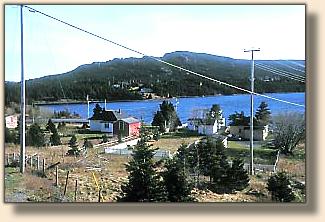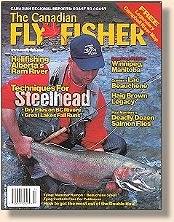
Started exploring the Shrewsbury River by Kayak for the first time this year. Don't know why I never tried it before, but it is beautiful back there, and there is a lot of interesting structure.
Got several hits where marked on an incoming tide. No visible bait around, though my fishfinder did mark some bait/fish. Landed one striper right here, my first striper by kayak. Not real big but even the smaller sized fish (about 5 lbs, roughly 25" or so) still turned the yak!
Got it on while trolling a Yozuri Crystal Minnow

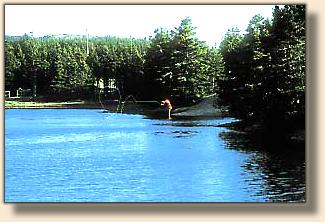
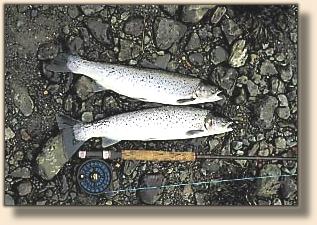
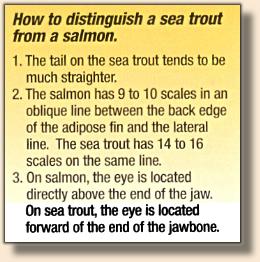 The life cycle of the sea-run brown trout is somewhat similar to that of its cousin, the Atlantic salmon, but we do know that there are significant variations in the life cycles of stocks from river to river, and even between individual fish of the same stock.
The life cycle of the sea-run brown trout is somewhat similar to that of its cousin, the Atlantic salmon, but we do know that there are significant variations in the life cycles of stocks from river to river, and even between individual fish of the same stock.